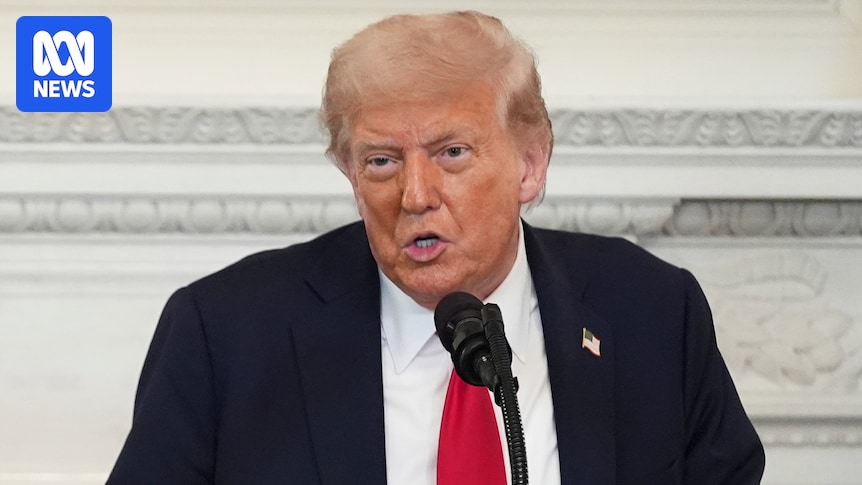
US President Donald Trump has announced a new trade agreement with Indonesia, marking the latest development in his “liberation day” tariff policy. The deal, which imposes a 19 percent levy on Indonesian goods entering the US, was revealed as the European Union continues to negotiate its own trade terms with Washington.
“Great deal, for everybody, just made with Indonesia. I dealt directly with their highly respected President. DETAILS TO FOLLOW!!!” Trump stated on his social media platform, Truth Social. He elaborated that the US would not face tariffs on exports to Indonesia, while Indonesian imports would be subject to the new levy.
Details of the Trade Agreement
The trade deal, which comes after Trump threatened a 32 percent tariff on Indonesian goods, aims to provide the US with full access to the Indonesian market. “They are going to pay 19 percent and we are going to pay nothing,” Trump emphasized, hinting at more such agreements on the horizon.
Indonesia’s trade with the US, totaling just under $40 billion in 2024, has been on the rise. US exports to Indonesia increased by 3.7 percent last year, while imports grew by 4.8 percent, resulting in a goods trade deficit of nearly $18 billion for the US.
Context and Background
Indonesia’s top exports to the US include palm oil, electronics, footwear, car tires, natural rubber, and frozen shrimp, according to US Census Bureau data. The announcement follows a letter from Trump to Indonesia’s President Prabowo Subianto, threatening higher tariffs unless a deal was reached by August 1.
Prior to Trump’s announcement, Susiwijono Moegiarso, a senior official with Indonesia’s Coordinating Ministry for Economic Affairs, indicated preparations for a joint statement outlining the agreement’s details, including reciprocal tariffs and commercial arrangements.
Global Trade Implications
Meanwhile, the European Union is preparing to retaliate if its trade talks with the US fail. The EU has targeted 72 billion euros worth of US goods for potential tariffs, including Boeing aircraft and bourbon whiskey. This move is in response to Trump’s proposed 30 percent tariff on EU imports, a measure European officials deem unacceptable.
The EU’s list, which predates Trump’s recent escalation, also covers chemicals, medical devices, and agricultural products. Despite ongoing negotiations, EU trade chief Maroš Šefčovič expressed a strong resolve to protect EU businesses through countermeasures if necessary.
Trump’s Broader Tariff Strategy
Trump’s tariff policy has disrupted global markets, with letters sent to over two dozen trading partners, including Canada, Japan, and Brazil, setting tariffs between 20 to 50 percent. The August 1 deadline provides a window for negotiations, but Trump’s history of retracting tariff threats adds uncertainty.
Framework agreements have been reached with the United Kingdom and Vietnam, while an interim deal with China aims to delay the steepest tariffs as talks continue.
Reactions and Future Outlook
In a related development, NATO Secretary-General Mark Rutte warned countries like Brazil, China, and India about potential secondary sanctions if they continue trading with Russia. This warning coincides with Trump’s announcement of new weapons for Ukraine and a 100 percent tariff threat on Russian exports unless peace talks progress within 50 days.
Republican US Senator Thom Tillis praised Trump’s actions but expressed concern over the 50-day delay, fearing it might allow Russia to strengthen its position. “We should look at the current state of Ukraine today and say, no matter what you do over the next 50 days, any of your gains are off the table,” Tillis stated.
Rutte assured that Europe would find the necessary resources to support Ukraine in peace negotiations, highlighting the interconnected nature of global trade and diplomacy.
As these developments unfold, the international community watches closely, anticipating the potential impacts on global trade dynamics and geopolitical relations.






